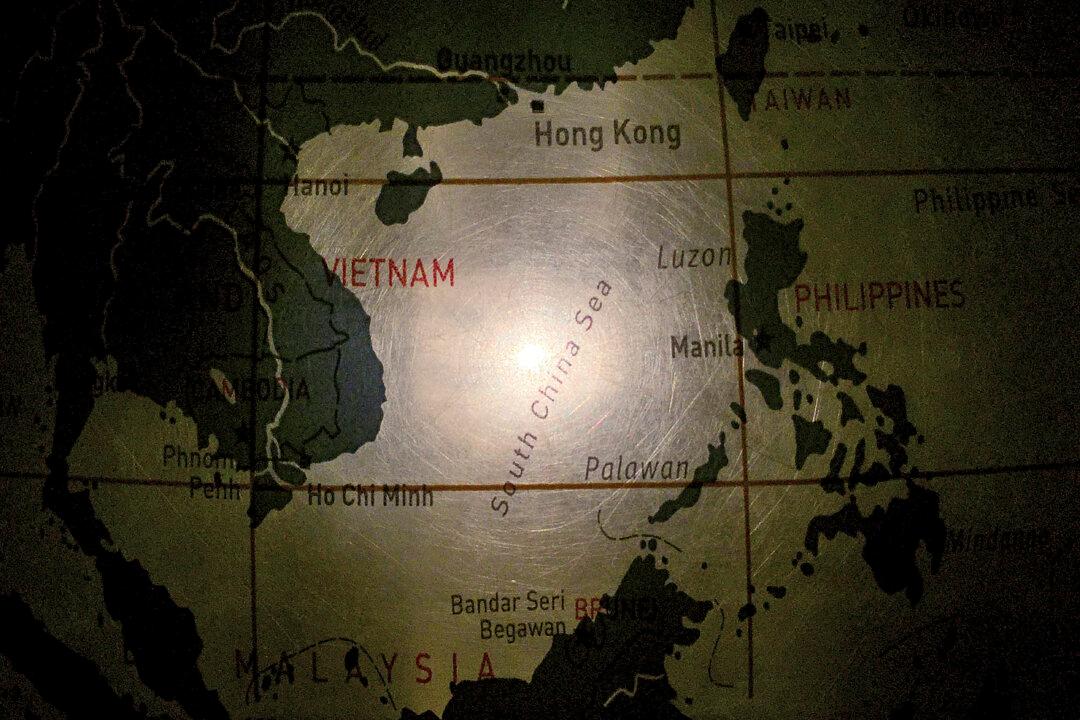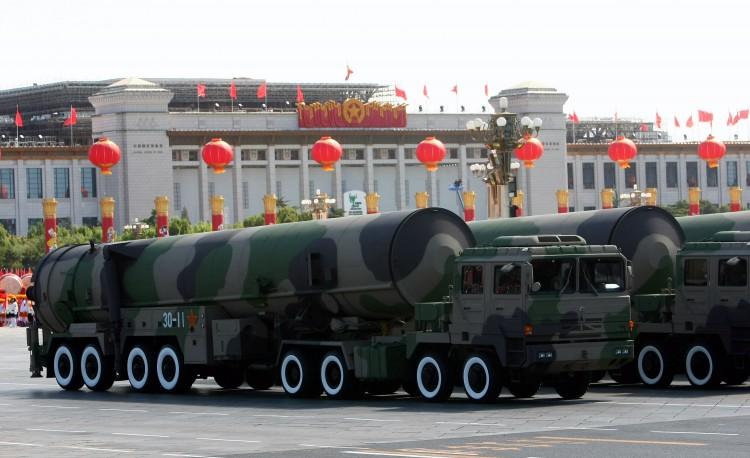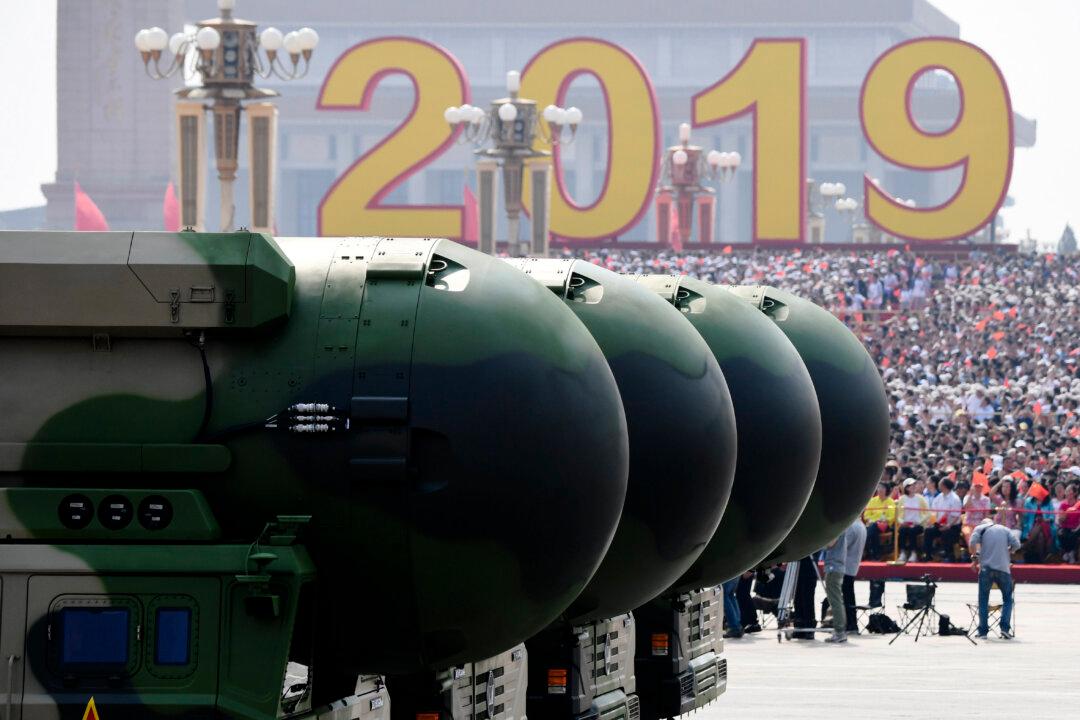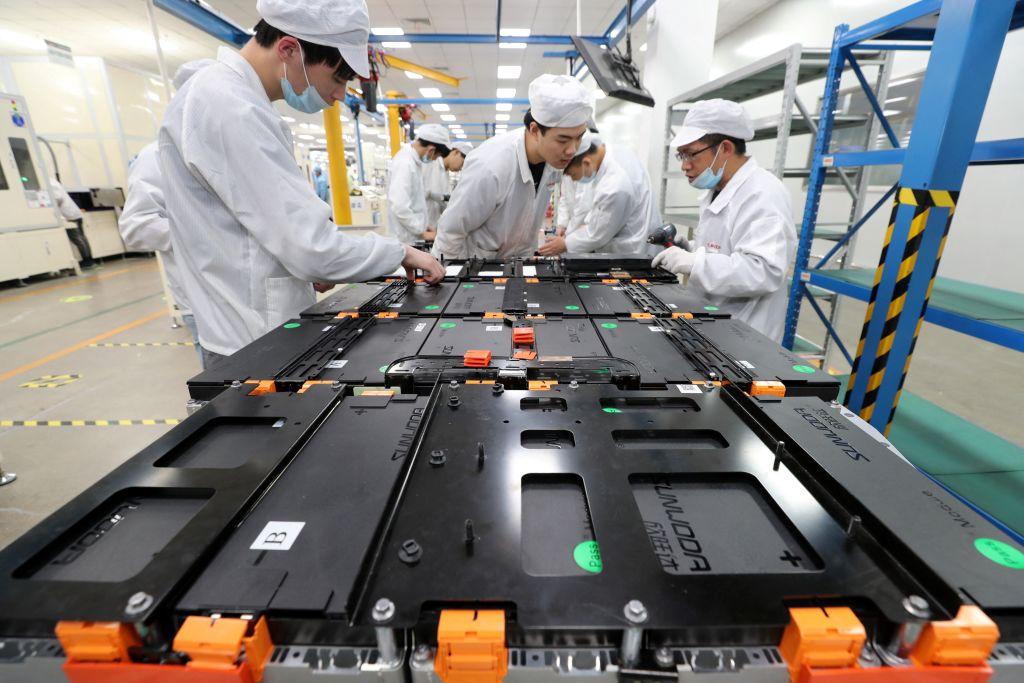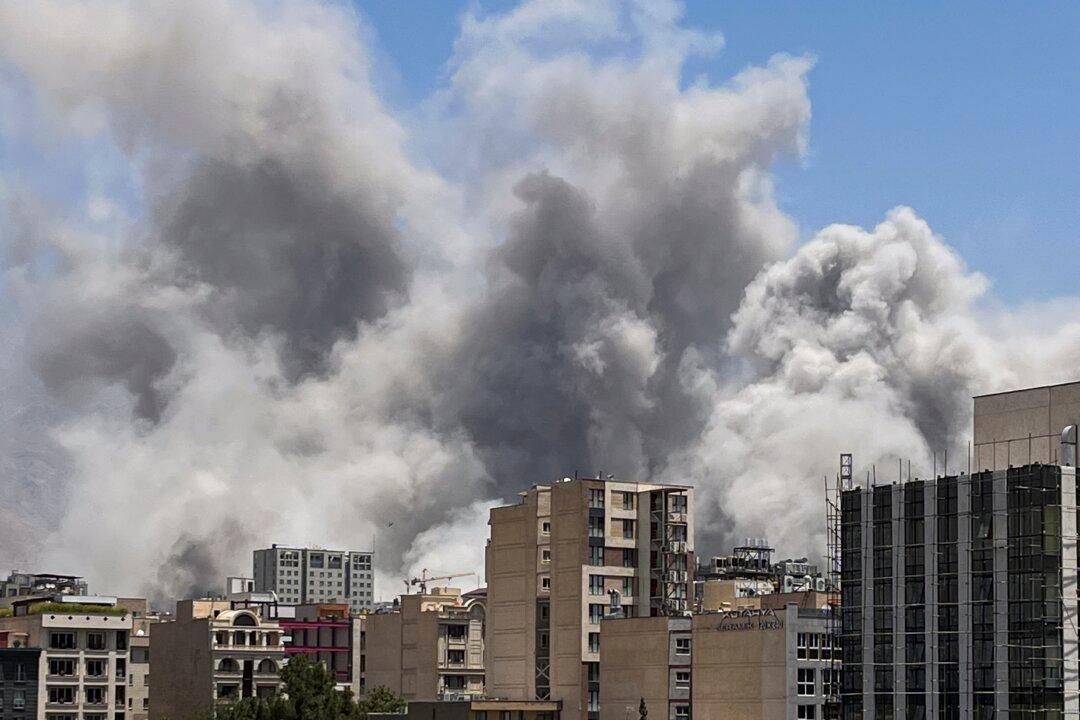As China backs up its territorial claims along the East Asian coast and in the seas of the West Pacific with the progressive deployment of heavy weapons and construction of artificial islands, other East Asian countries are pushing back.
On July 12, a UN arbitration process initiated by the Philippines three years ago ended in a ruling at the Hague denying China’s “nine-dash-line” claim to virtually the entire South China Sea.
China, which has built up tiny islets and reefs in Philippine waters into artificial islands with ports and airfields, was quick to repudiate the ruling and intensify its saber-rattling, not just in the South China Sea but also in a simmering dispute with Japan.

Chinese missile frigate Yuncheng launches an anti-ship missile during a military exercise in the waters near south China's Hainan Island and Paracel Islands on July 8, 2016. Zha Chunming/Xinhua via AP
